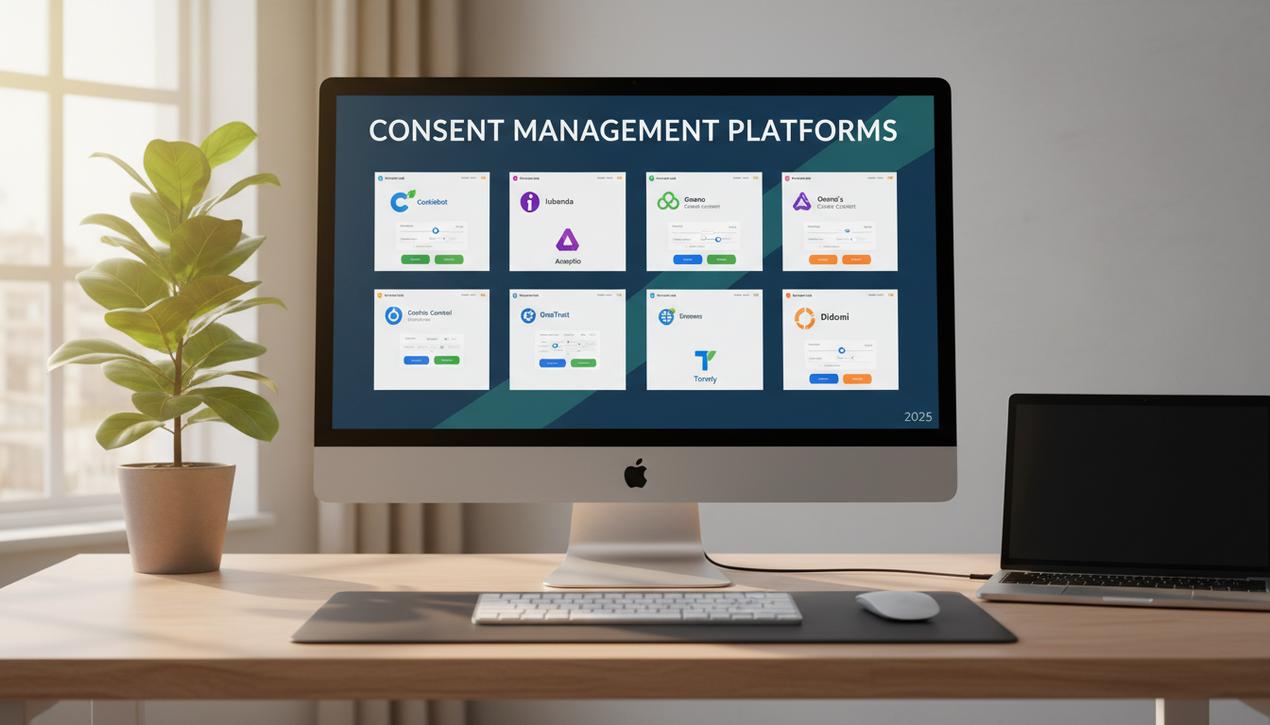UTM Parameters: A Complete Guide to URL Tracking in GA4


In digital marketing, measuring return on investment (ROI) isn’t an option—it’s an imperative. Yet, for nearly 40% of marketers, proving the ROI of their campaigns remains a primary challenge. How do you definitively show that your social media efforts, email newsletters, or paid ad placements are genuinely delivering results? The answer lies in small text snippets added to your URLs: UTM parameters. These tracking tags are the most powerful tool available for gaining a granular view of your traffic sources. They transform raw Google Analytics data into actionable intelligence, allowing you to know precisely which tweet, which newsletter button, or which specific ad generated a visit or conversion. This complete guide will explain what UTM codes are, how to structure them effectively, how to integrate them with Google Analytics 4, and the best practices for an infallible tracking strategy in 2025.
What Are UTM Parameters and Why Are They Essential?
A UTM (Urchin Tracking Module) parameter is a short piece of code added to the end of a URL. Its purpose is to send detailed information to your analytics tool, such as Google Analytics, every time someone clicks that specific link. Far from being mere technical add-ons, these parameters are fundamental for moving beyond surface-level analysis to a deep understanding of your marketing performance.
Beyond Standard Analytics: The UTM Difference
Without UTMs, Google Analytics provides high-level source information. You might know that you received 1,000 visits from LinkedIn, where campaigns might involve following top LinkedIn influencers, but you won’t know if they came from Monday’s post, the link in your company profile, or a paid ad campaign. UTMs solve this problem. They allow you to “tag” each link individually to know exactly where every visitor came from. For instance, instead of just seeing “linkedin.com” as a source, you could see that traffic came from the “product-launch-campaign” via an “organic-post” on “linkedin.” This level of granularity is the key to optimizing your budget and efforts.
The Tangible Benefits of a UTM Strategy
Implementing a rigorous UTM tracking system provides direct, measurable benefits:
- Precise ROI Measurement: Directly attribute conversions and revenue to specific campaigns, channels, and even individual pieces of content.
- Effective A/B Testing: Test different versions of an ad, email, or social post to see which message, image, or call-to-action performs best.
- Budget Optimization: Identify your top-performing channels and allocate your resources where they will have the greatest impact.
- Deeper Customer Journey Insights: Analyze how different touchpoints work together to contribute to the final conversion.
The 5 Core UTM Parameters Explained (and GA4 Updates)
A UTM code is built from several parameters that work together to create a detailed tracking report. There are five main parameters, three of which are essential for effective tracking.
- utm_source (Required): This parameter identifies the platform or website sending the traffic. It answers the question, “Where is the traffic coming from?” Examples: `utm_source=google`, `utm_source=monthly-newsletter`, `utm_source=linkedin`.
- utm_medium (Required): This describes the general marketing channel. It answers, “How did the traffic get here?” Examples: `utm_medium=cpc` (for cost-per-click), `utm_medium=social`, `utm_medium=email`.
- utm_campaign (Required): This names your specific marketing campaign—a creative process often aided by the best online brainstorming tools—allowing you to group all related activities. Examples: `utm_campaign=summer-sale-2025`, `utm_campaign=seo-ebook-launch`.
- utm_content (Optional): This parameter is used to differentiate links that point to the same URL from within a single campaign. It is perfect for A/B testing. Examples: `utm_content=blue-button` vs. `utm_content=header-text-link`.
- utm_term (Optional): Primarily used for paid search campaigns, this parameter identifies the keywords you targeted. Examples: `utm_term=project+management+software`.
With the widespread adoption of Google Analytics 4, new parameters are also available for even more detailed tracking, especially for app campaigns, though they can be used on the web as well: `utm_source_platform`, `utm_creative_format`, and `utm_marketing_tactic`.
How to Build Effective Tracking URLs: Tools and Methods
Creating UTM links must be a structured process to avoid errors that could corrupt your data. Fortunately, several tools can simplify this task.
Using Google’s Campaign URL Builder
The simplest and most official tool is Google’s own Campaign URL Builder for GA4. Using it is straightforward:
- Navigate to the builder’s website.
- Enter the destination URL of your landing page.
- Fill in the fields for source, medium, and campaign name (and optional fields as needed).
- The tool automatically generates the full URL with the appended UTM parameters.
- Copy this new link and use it in your campaign.
Managing UTMs with a Spreadsheet
For teams, the best practice is to use a shared spreadsheet (e.g., Google Sheets). This helps standardize your naming conventions, maintain a history of all created links, and ensure everyone on the team is following the same rules. A simple template can include columns for the base URL, each UTM parameter, the date, and the final generated link.
Advanced Automation Tools
Platforms like HubSpot and other marketing automation suites often include built-in UTM generators. Social media management tools like Buffer or Agorapulse also allow you to automatically add custom UTM parameters to every link you share, saving a significant amount of time and reducing human error.
Best Practices for a Flawless UTM Tracking Strategy in 2025
Creating UTMs is easy, but building a consistent and reliable tracking strategy requires discipline. Follow these golden rules for success.
1. Establish a Clear and Consistent Naming Convention
This is the most critical rule. Inconsistent naming will create separate entries in your reports, making analysis nearly impossible. Define clear rules and share them with your team:
- Always use lowercase: Google Analytics is case-sensitive. `Facebook` and `facebook` will be reported as two different sources.
- Eliminate spaces: Replace spaces with hyphens (`-`) or underscores (`_`) to ensure your URLs work correctly.
- Be descriptive but concise: Your campaign name should be easy to understand at a glance. `summer-sale-25off` is much clearer than `campaign-123`.
2. Never Use UTMs for Internal Linking
A common and critical mistake is using UTMs on links within your own website (e.g., a homepage banner linking to a product page). This completely breaks your analytics data. When a user clicks an internal UTM link, their original session source (e.g., “google / organic”) is overwritten, and a new session starts with the source you defined in the UTM (e.g., “internal-site / homepage-banner”). You will lose track of where your traffic truly originated.
3. Use URL Shorteners for Cleaner Links
A URL with several UTM parameters can become very long and visually unappealing. For character-limited platforms like X (formerly Twitter) or simply for a better user experience, use a URL shortener like Bitly or Cuttly. These tools convert your long, tagged URL into a short, clean link while preserving all the tracking parameters.
Analyzing Your Campaign Data in Google Analytics 4
Once your campaigns are live with UTM-tagged links, data will begin to populate in Google Analytics 4. To view it, navigate to the Reports > Acquisition > Traffic acquisition section. By default, this report shows traffic by channel grouping. To see your UTM data, click the “Session default channel group” dropdown and select Session source / medium as the primary dimension. For a more detailed analysis, you can add a secondary dimension by clicking the “+” icon. Choose “Session campaign,” “Session manual ad content,” or “Session manual term” to display the data corresponding to your `utm_campaign`, `utm_content`, or `utm_term` parameters.
By mastering UTM parameters, you no longer just observe your traffic; you understand it. You can turn abstract data into informed strategic decisions, optimize every dollar spent, and prove the true impact of your work. Implementing a rigorous tracking strategy, such as when creating an online course website, requires an initial setup effort, but the long-term benefits in clarity, performance, and ROI are invaluable for effectively steering your digital marketing efforts.



